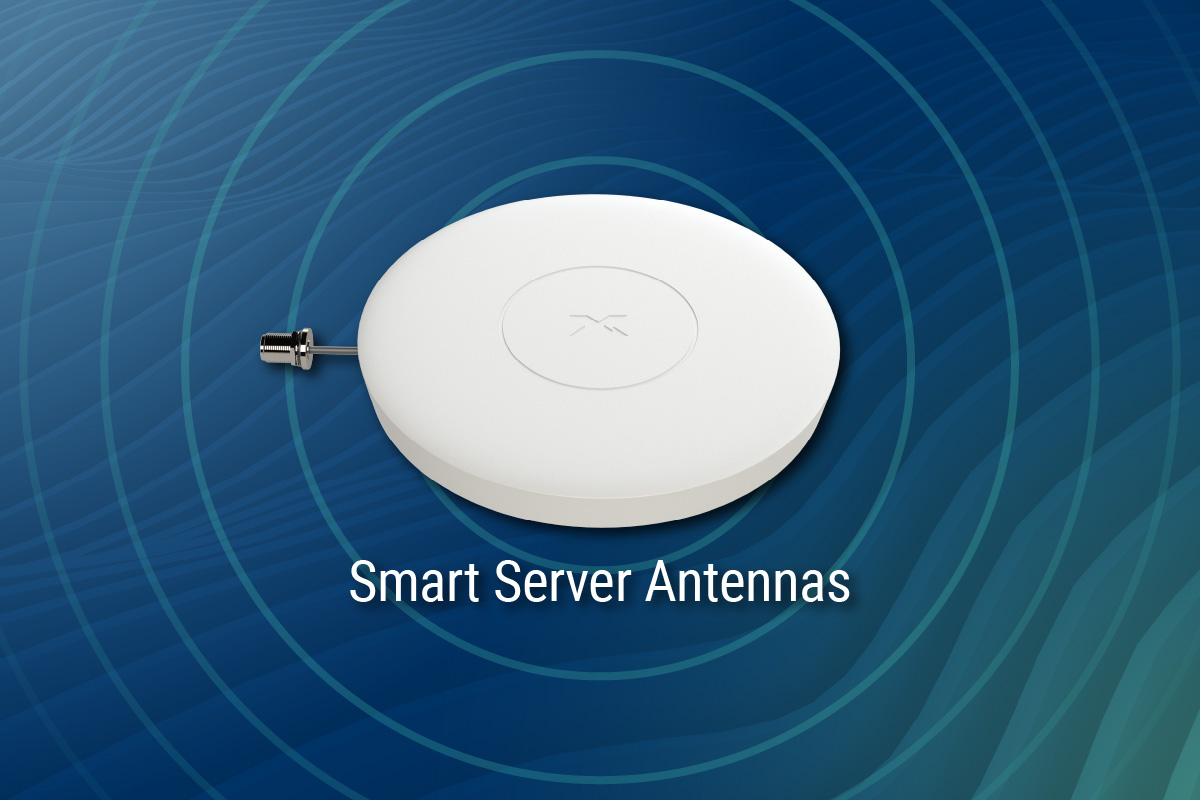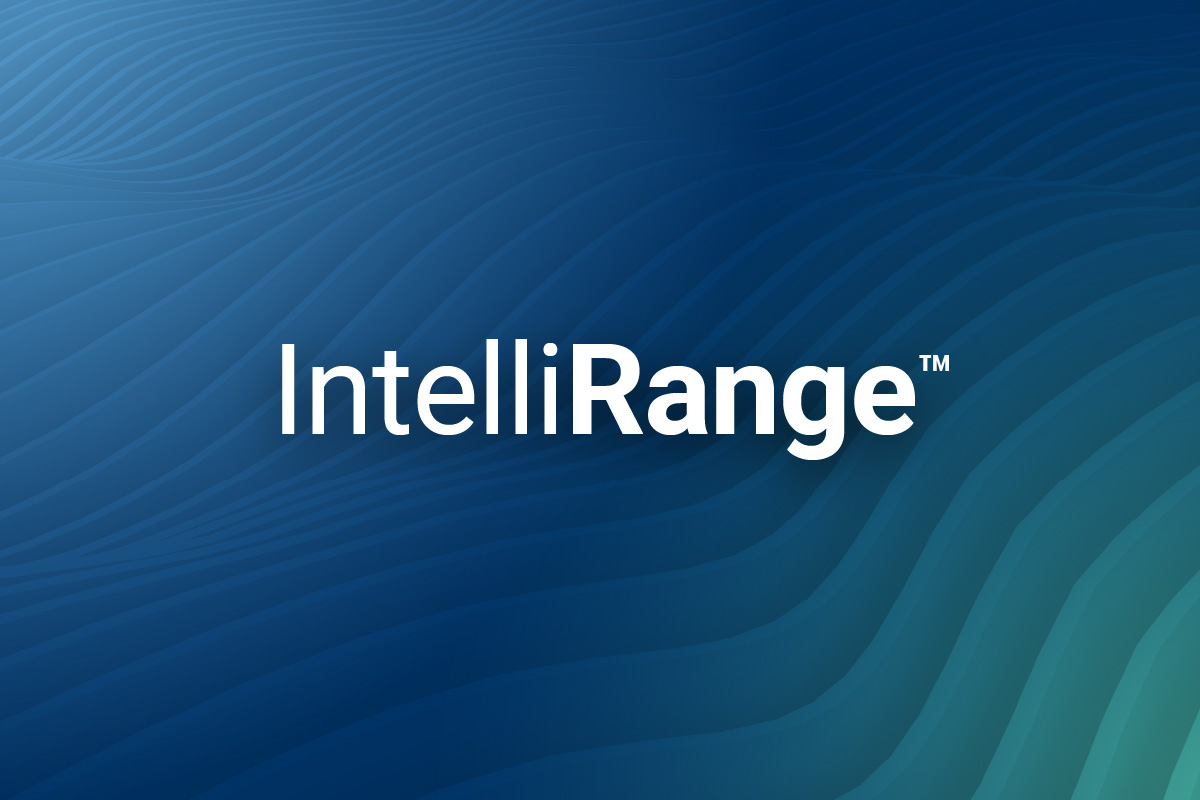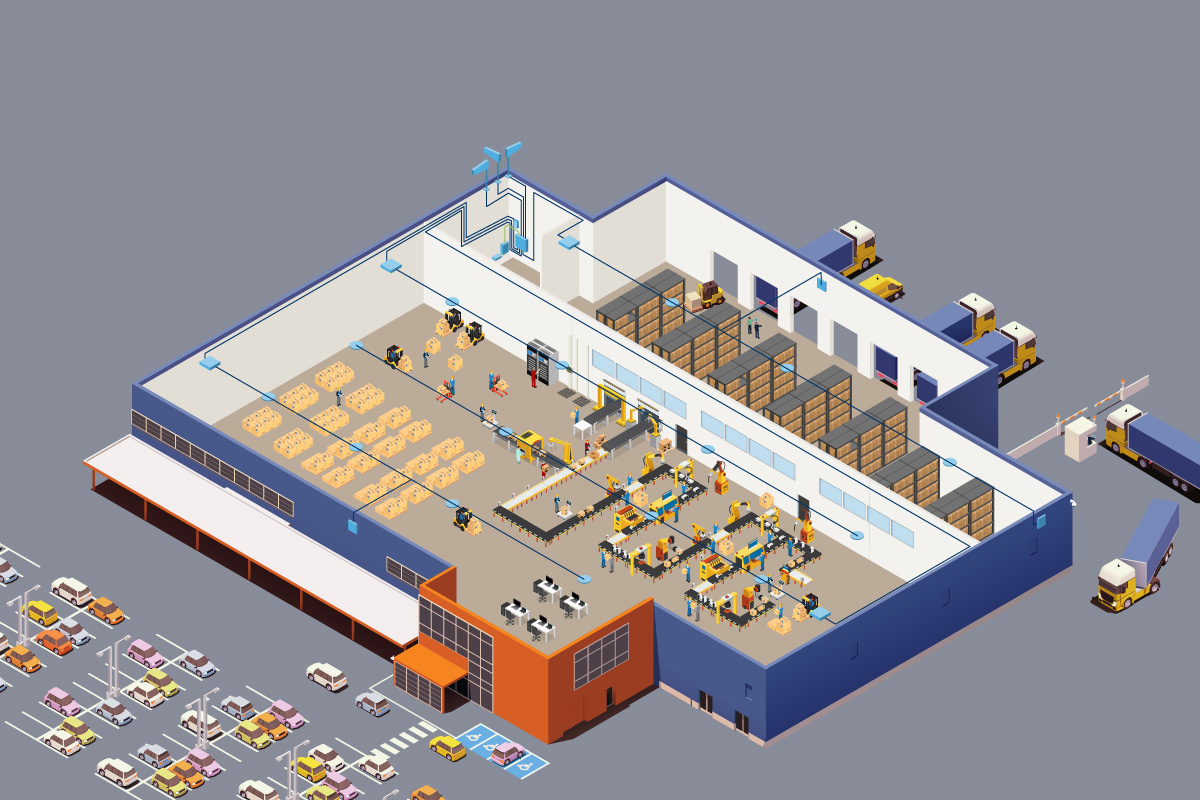Fox Valley Park District serves a community of 236,000 residents in the Illinois counties of Aurora, Montgomery and North Aurora and has earned recognition at the national level for its excellence in park and recreation management. In addition to 168 parks, the Park District facilities include three buildings with a combined 300,000 total square footage.
Thousands of residents enjoy the indoor facilities each day, including three pools, nine tennis courts, a track, a day care center and preschool, fitness centers and multisport spaces, and a café. One of the buildings houses a police station along with administrative functions and a meeting space. Over the years, however, there has been a growing demand for one thing residents and staff could not get inside the buildings — a cellphone connection.
“Some of our facilities were built 15 to 20 years ago. Guests and staff didn’t use cellphones 15 years ago like they do today. As the years went on, the demand continued to grow,” says Jon Michael, director of IT for Fox Valley Park District. “Because many of our facilities are built with steel and cinder block, and have metal roofs and Low-E glass, employees and visitors were essentially entering a no-coverage zone when they walked through the door.”
Employees and guests would huddle outside in a “hot spot,” even in the cold and rain, to catch up on missed calls, texts or possibly to respond to an emergency. The district needed a solution to bring in cellphone coverage based on that demand — not only for convenience, but also for safety and security.
It is common for buildings to have poor indoor cellular reception and dead zones. Size and construction of the building, its location and environmental obstacles, like other buildings or hilly terrain, can all block cellular signals from penetrating into and throughout a building. The number of users on a network can also affect cellular coverage, which is why coverage may vary between time of day or day of the week. However, technologies exist that can broadcast a good, strong signal indoors regardless of these obstacles, at different price points, installation and maintenance requirements, and coverage footprints.
Distributed Antenna System (DAS) technology is commonly used to improve cellular reception in commercial buildings. These systems use an outdoor antenna, usually placed on the roof of the building, to capture the signal from a cell tower and then distribute that signal to antennae inside the building that rebroadcast the signal to its occupants.
There are three types of DAS solutions: analog passive DAS (also called repeaters or boosters), which is an older technology that has lower signal gain, thus a smaller coverage footprint based on FCC regulations; active DAS solutions for larger facilities of 500,000 square feet or more; and newer active DAS hybrids that are generally the most cost effective and fastest to install in facilities, ranging from 30,000 square feet to 500,000 square feet.
To find the best solution for its facilities, Fox Valley Recreation District issued an RFP with two phases. The first phase was a site survey to determine the coverage needs, and the second phase was the proposal of a solution.
“We solicited proposals several times, but there aren’t a lot of solution providers out there that can do the job. Each carrier wanted to bring in its own physical connections and distribute its signal through a BDA [Bi-
Directional Amplifier] passive DAS, but that didn’t make sense. We needed a multicarrier solution,” says Michael. “KonectaUSA proposed a hybrid solution with an antenna on the building that pulls in the signals of all the carriers and extends that signal into the building. We smiled at that point.”
A site survey was conducted, which uncovered several challenges. The signals from a cellular tower located close to the building could potentially overpower signals from other operators, creating significant interference. And, the sheer size and configuration of the athletic center required some ingenuity, as the tennis courts had all-metal enclosures, and the mirrors in the locker room prevented signals from propagating.
Based on previous experience installing this solution for other customers, KonectaUSA recommended the CEL-FI QUATRA active DAS hybrid from Nextivity as the solution for the district. The system’s affordability in addition to its ability to handle carrier signals of highly different power levels that were found in the site survey and its large coverage footprint, were among the key factors in choosing this solution. It also took two weeks and just two technicians to complete the entire installation.
“This hybrid offers powerful gain, which allowed us to get the absolute best quality signal into Fox Valley Park District,” says Mike Shortridge, a partner at KonectaUSA.
“Now guests come into the fitness or tennis center or other facilities and can be confident they will get a cellphone call or have a signal. That continues through all our buildings, including administration and our call center, with staff as well. Our minds are set at ease knowing we are connected, especially in case of an emergency, as everyone relies heavily on their cellphones in the world we live in,” says Michael. “CEL-FI QUATRA has given us something we never had — cellphone connection in our facilities. That was our objective from the start, and with the help of KonectaUSA, we’ve achieved it.”
About the Author: Steve Van Skike is a Senior Technical Manager at Nextivity, Inc.
A version of this article was originally published by NRPA news



